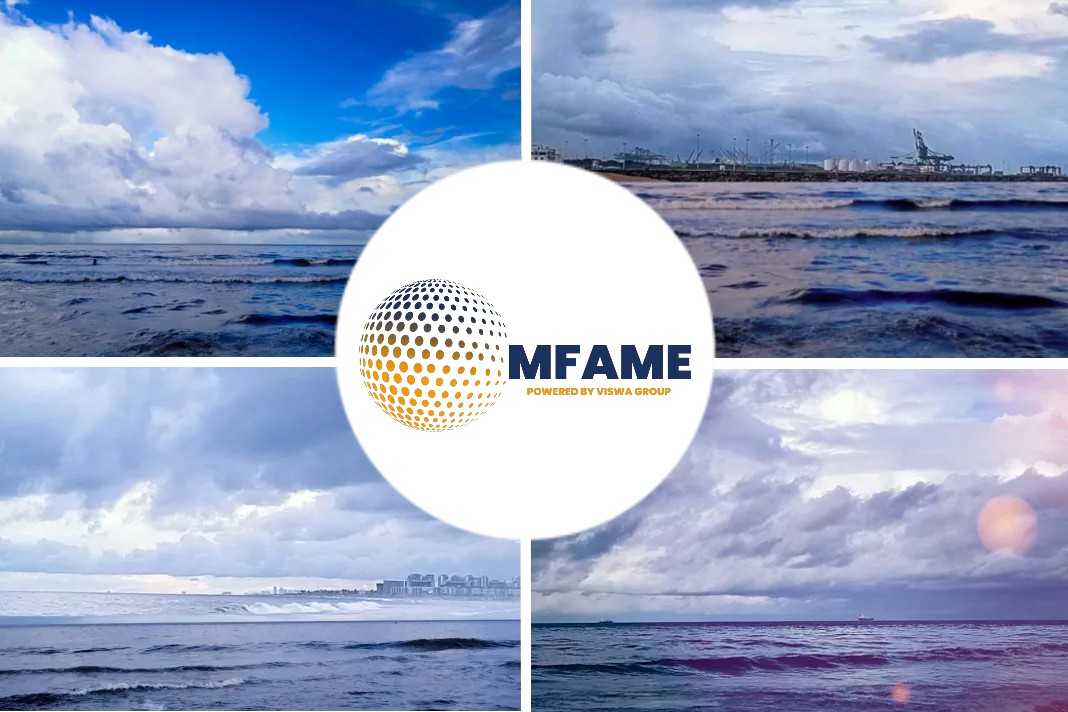Neil Snarr, Professor Emeritus at Wilmington College, talks about his trip down the Panama Canal in an article for News Journal.
An interesting trip
“One of the more interesting trips I have made is through the Panama Canal,” says Neil.
He adds, “My understanding is that such a trip can be quite expensive, but I was able to hitch a free ride with my fellow researcher from Wittenberg University a few decades ago. It was made possible via a missionary’s son who lived in Panama.”
He further said, “In Panama City the very helpful son made contacts with people he knew, and the plan was to meet a small boat somewhere inside the canal just east of the Gatun locks at 4 a.m. From there we would sail a short distance and rendezvous with a tanker full of petroleum on its way through the canal to the Atlantic Ocean.”
The job of the tanker was to transfer loads of petroleum from ocean to ocean – back and forth, back and forth!
Through the isthmus of Panama
In order to board the ship, they had to climb up the cargo net hanging on the ship’s side, and the climb was between 15 and 20 feet.
The gigantic ship had a crew of only 12. They were treated like royalty, having lunch at the captain’s table and were free to roam the decks and take in the sites, which were fantastic.
One of the officers on the ship was a young woman from Ohio. “In talking with her we found that she had attended Texas A&M, where she learned the ins and outs of what officers do – part of the time she was the sole person at the wheel,” says Neil.
From early history it was understood that the shortest distance from Europe to the Asian countries was through the isthmus of Panama.
“One of the largest and most difficult engineering projects ever undertaken, the Panama Canal shortcut greatly reduces the time for ships to travel between the Atlantic and Pacific oceans, enabling them to avoid the lengthy, hazardous Cape Horn route around the southernmost tip of South America via the Drake Passage or Strait of Magellan and the even less popular route through the Artic Archipelago and the Bering Strait.”
Gunboat diplomacy
There is a great deal to be said about the control of the canal and the land surrounding it. The U.S. has been a player in the games, both legal and illegal. The term “gunboat diplomacy” came into existence due to the competition in this area.
“The term comes from the 19-century period of imperialism, which Western powers – in Europe and the United States – would intimidate other, less powerful states into granting concessions through a demonstration of their superior military capabilities, usually represented by their navel assets.”
Demands for the U.S. to return control of the canal to Panama became an issue after the Suez Canal was given up by France and Britain and control given to Egypt.
Conflict between Panama and the U.S. emerged in 1964 when some 20 Panamanians and several U.S. soldiers were killed. This later led to the Torrijos-Carter (President Jimmy Carter) Treaties, which resulted in full Panamanian control of the canal effective Sept. 31, 1999.
This was met with disgust on the part of the political right in the U.S., but a significant step away from our strong-arm behavior in the region.
“By the way, we made our way back the 80-some miles to the Gatun locks, on the train for a cost of 25 cents. I understand that inter-oceanic train ride is no longer a possibility … how sad!” Neil concluded.
Did you subscribe to our daily newsletter?
It’s Free! Click here to Subscribe!
Source: News Journal






















